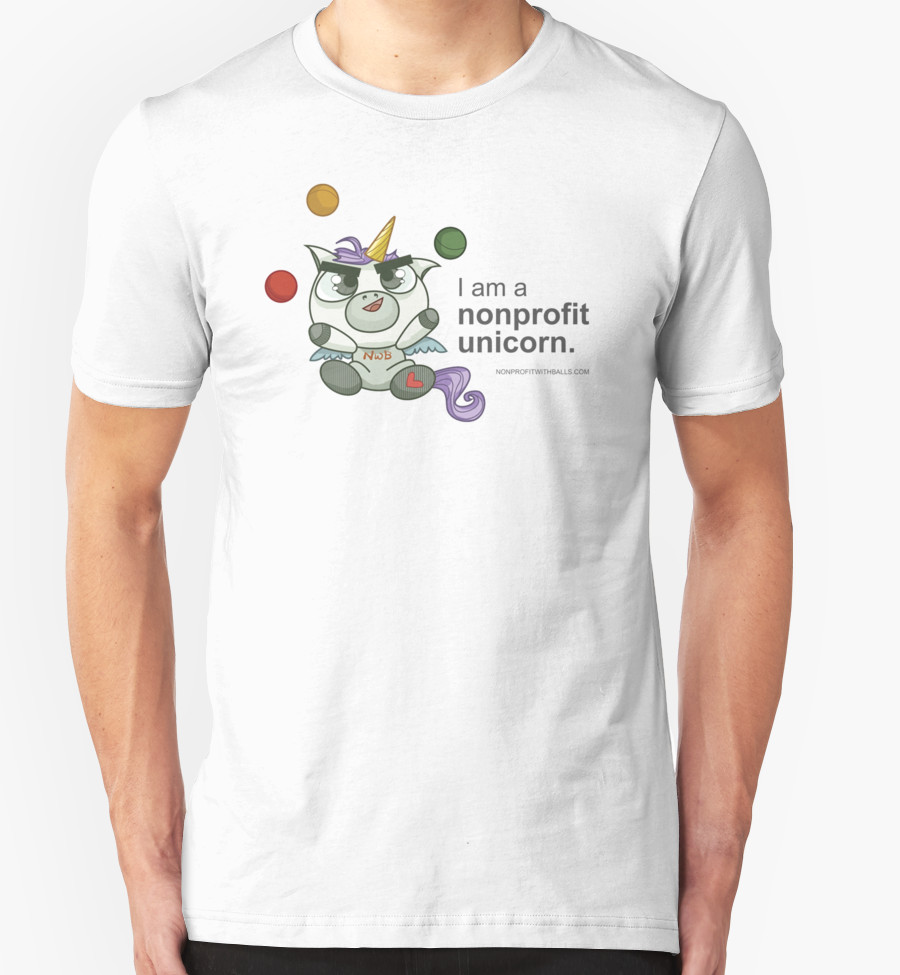 Hi everyone, life with a newborn has been going well. The baby has all these cute and amusing facial expressions, and he smells really nice, like general operating funds. In my sleep-deprived state, however, my memory is terrible, and I’ve been having more vivid and terrifying dreams. For instance, the other day I dreamed I was attacked by this aggressive possum who kept biting my pant legs and I kept trying to kick at it in futility. I woke up in cold sweat and remembered it was time to plan our annual gala.
Hi everyone, life with a newborn has been going well. The baby has all these cute and amusing facial expressions, and he smells really nice, like general operating funds. In my sleep-deprived state, however, my memory is terrible, and I’ve been having more vivid and terrifying dreams. For instance, the other day I dreamed I was attacked by this aggressive possum who kept biting my pant legs and I kept trying to kick at it in futility. I woke up in cold sweat and remembered it was time to plan our annual gala.
So anyway, there’s no deep analysis in today’s post. Instead, I want to continue my belated birthday tradition of poorly edited ranting about people who get on my nerves. Last year, I ranted about board members who don’t give, people who suck at designing forms, the reply-all people, volunteers who only want to do stuff around the holidays, people who don’t respond to Doodle polls, the chronically late, gossipers, whiners, people who don’t follow through and are sucky team players, automatic naysayers, people who should work for for-profits, and those who don’t wash their damn dishes.
Thanks to the NWB Facebook Community, we can add to the list. Now, 95% of people in our sector are awesome. But we can all certainly improve. Check these out below, and if you’re guilty of any of them, stop it right now: Continue reading “Alarmists, disruptors, weasels, and 9 other annoying types of people in nonprofit”




